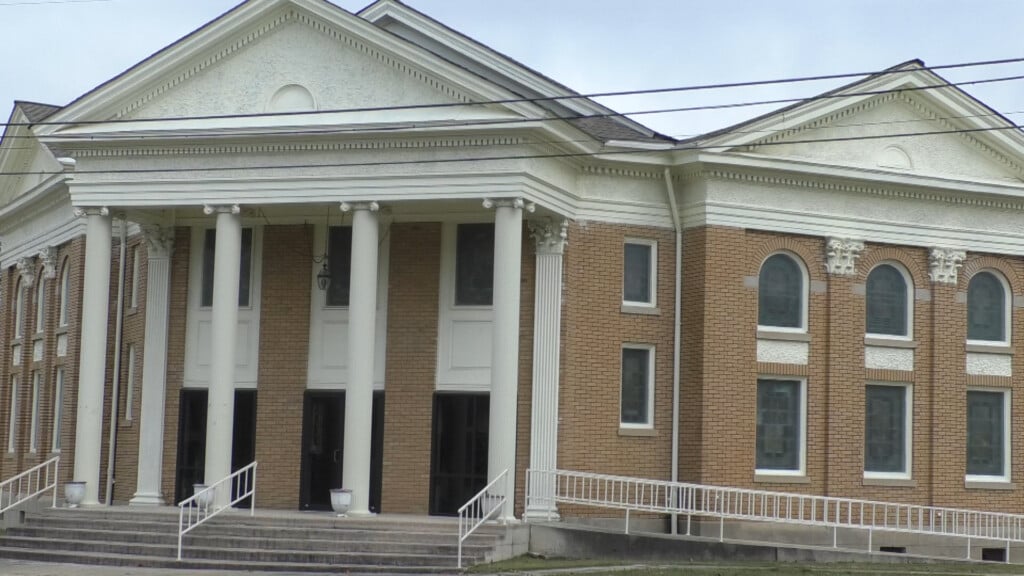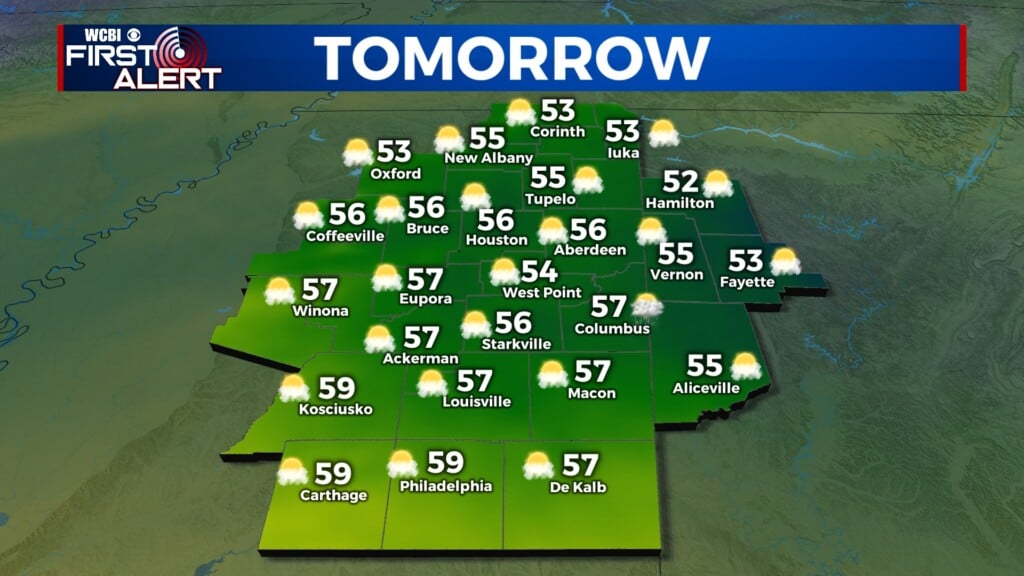Soybean harvest underway in Mississippi
NOXUBEE COUNTY, Miss. (WCBI) – It’s been a season of highs and lows for Mississippi soybean farmers, a strong harvest following a tough start to the year.
“Harvest this year has been really good because we’ve had the weather that’s been favorable for harvest conditions. We really needed that with how much of a struggle the year was to start, and some of the struggles we had in the season,” said Mississippi State University Extension Service State Agronomist Justin Calhoun.
Early rainfall delayed planting, especially across the eastern part of the state, but dry fall weather helped farmers make up time.
However, rising input costs and dropping soybean prices are cutting into profits.
“Soybean prices are below the average of what we’d want them to be, and combined with high input costs, it’s really hard for our growers to have a good return on investment right now,” said Calhoun.
In Noxubee County, longtime farmer Philip Good said it’s one of the toughest years he’s seen, between weather, costs, and losing key export buyers.
“We’re missing some export markets, and with some of the tariffs, we’re missing China, which is a big customer of U.S. soybeans,” said Good.
Research shows China once bought more than half of America’s soybean exports, including much of Mississippi’s crops, but tariffs in recent years have reshaped the global market.
Farmers said even when prices recover, rebuilding those trade ties takes time.
“All of our costs have gone up extremely high. A lot of farmers are suffering and not sure what the future looks like for them,” said Good.
Still, farmers said they’re hopeful that better markets, and better weather, will keep Mississippi soybeans strong next season.
Mississippi Farmers produced roughly two million acres of soybeans this year. And while the harvest looks good, the profits and policies shaping the market are what farmers will be watching next.
Mississippi State Extension officials said they’ll have statewide yield data later this fall, but early numbers suggest a slightly below-average year — mostly due to weather delays and economic conditions.




